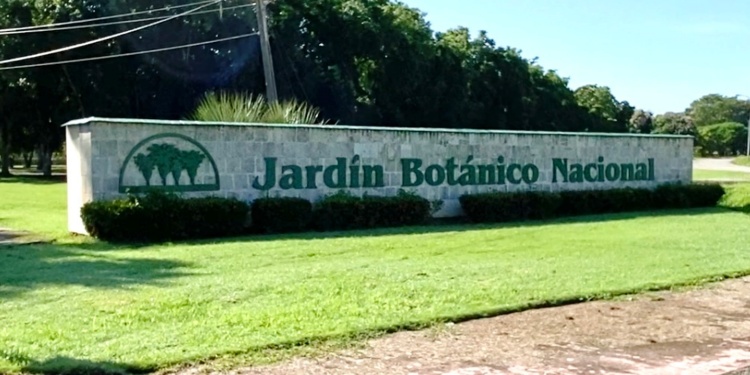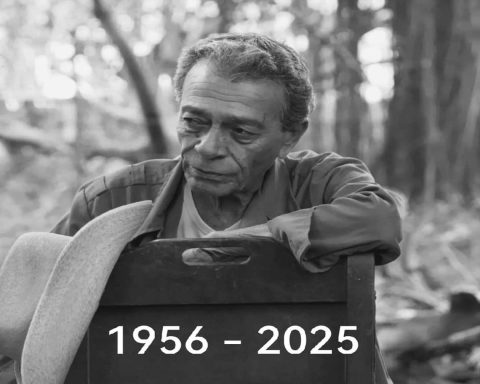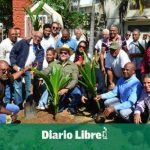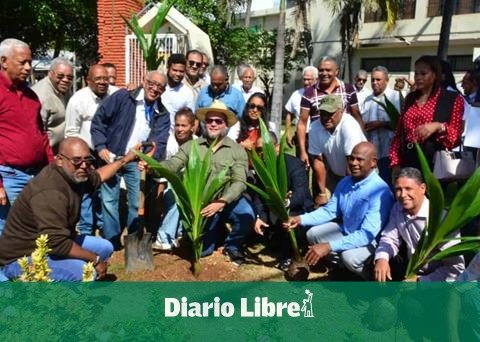HAVANA, Cuba – For Havana’s children (and visitors from other provinces) to enjoy the vacation months, there are very few recreational facilities available for their entertainment in the capital.
One of the places that state propaganda sells as “attractive” is the National Botanical Garden of Cuba (JBNC)but installation is very far from that word.
“Struggling” with transportation to get to JBNC early in the morning on a Sunday in the middle of summer, and then paying for the tickets only finding a quick and boring route, where you barely have time to sit down and enjoy the surroundings with a snack or drink in hand, is what children and their families may encounter.



Located at kilometer 3½ of the Rocío highway, in Calabazar, municipality of Boyeros, and right in front of the Expocuba fairgrounds, the JBNC is listed as the largest in the world with some 500 hectares.
At the entrance, in addition to paying the price (30 pesos), visitors can also pay for the short ride on the so-called Explorer Train or the long ride in a type of bus with a guide who explains about some of the types of plants that can be seen along the way.
According to a large banner on the grounds, the idea for the Garden arose in 1967, with the direct advice of German professor Dr. Johannes Bisse, and it opened to the public in 1984.
Inside the JBNC, the Explorer train leaves at 10:30 in the morning, while the little ones can entertain themselves by having a snack in a cafeteria with few (albeit cheap) and poor quality food options; or in an outdoor amusement park under the sun.
The Explorer train takes a short (but not guided) tour through a small part of the Garden where you can only see bushes on either side, usually the kind you find in any field in Cuba, and many signs that say “Don’t touch the plants” where they don’t even exist.
At 11:00 a.m. the longest tour starts on the open bus pulled by a tractor. Inside the vehicle, the guide entertains the tour by explaining about the different plants that can be seen along the way. According to official data, the JBNC, which is part of the University of Havana, exhibits some 4,000 plant species.
Visitors can appreciate, for example, the Sabana de Júcaros and Palmas, the Pinares, the Palmar (Palmetum) with the largest collection of palm trees in the world… and finally, the Japanese Garden, the only one of its kind in Cuba.
The Japanese Garden was inaugurated by Fidel Castro in 1989, and is the most attractive part of the entire facility due to its artificial lake, water lilies and rock waterfall. Although it is sold as a place to enjoy the peace it transmits, the scant 20 minutes offered to those arriving by public transport are not even enough to visit it completely.




Inside the remote Japanese Garden is the El Bambú restaurant, which offers Creole food, drinks and a pleasant view; however, only those who arrive there by private transport can enjoy it, since the bus, which is part of the guided tour, does not offer time to sit in the place.
The JBNC has four restaurants: El Yarey, El Ranchón, La Majagua and El Bambú, however, one Sunday, in the middle of summer, only that one was open, and there was no time to sit down and eat.
Once you return from the guided tour, you can enjoy the covered exhibition area that houses more than 600 species of tropical plants, but these pavilions were also closed. If it is your first time visiting the Garden, you will have to rely on your instincts to get to these places and even get lost looking for them.
Not only does the JBNC’s remote location make it difficult to visit, but the transportation situation makes the trip even more complicated. Once there, visitors notice that the Garden is well maintained and clean, but generally lacks appeal and beauty. Its workers strive to maintain it, but not to improve it or exploit its large hectares of land with more attractive options for those who come to it.

















